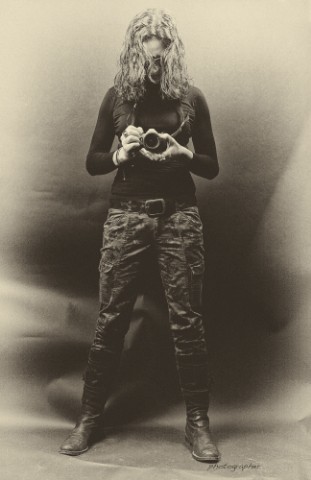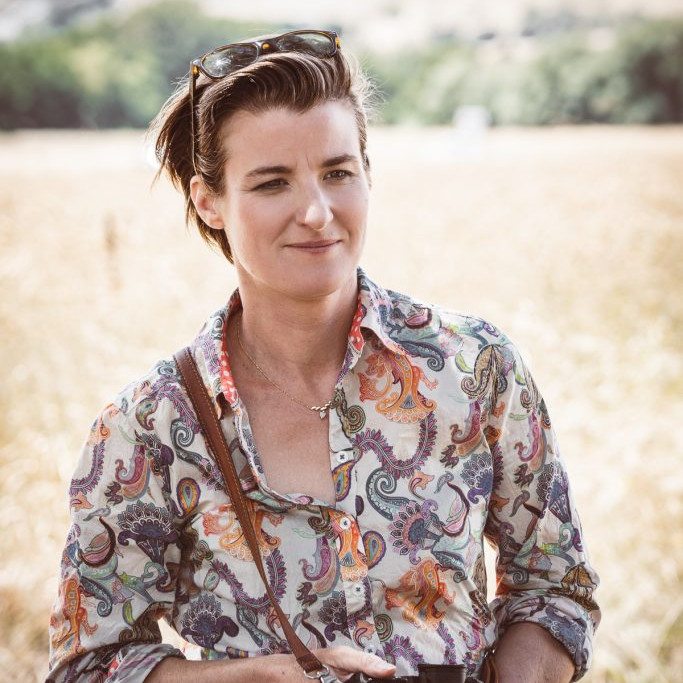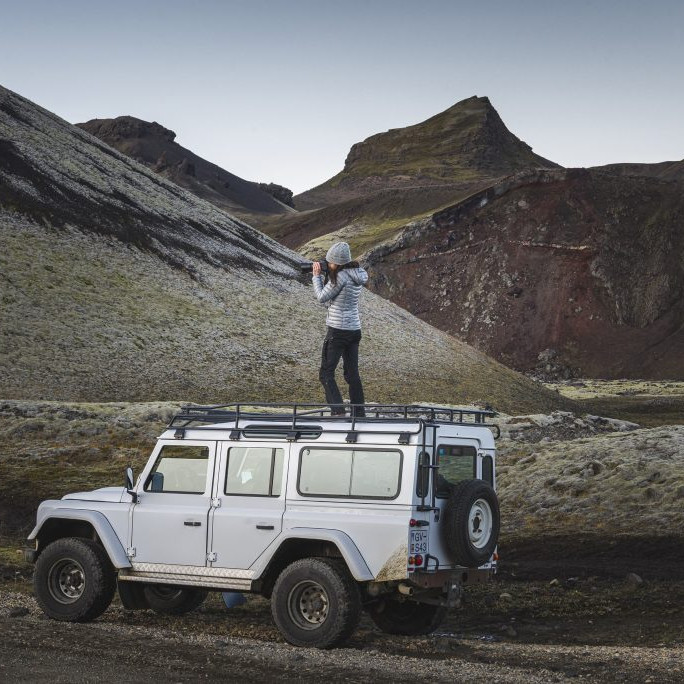Mimo Khair Photographer - Shanghai, China
Mimo, you first came to my attention with your project 365° from the archive. Can you tell us about this project.
This project started in January 2011 when I embarked on tasking myself with taking photos daily and posting one photo accompanied with contemplation at the end of each day. It was a self-imposed training in discipline and in pushing my limits where photography and writing are concerned, both great loves of mine.
I am currently in the second year of this project which is slightly different in that I called it ‘365° from the archive’ because I am delving into the stories and images of my past journeys and posting one image per day as opposed to having the images taken on that day in the present.
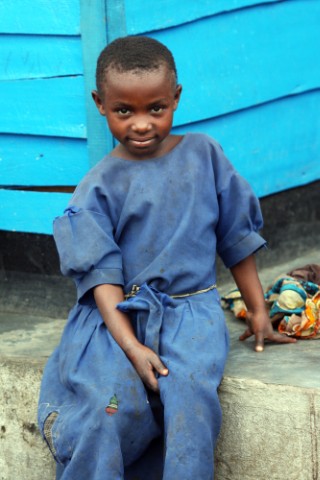
Rwanda refugee girl in Goma
Getting your images out to your blog is not always easy. How accessible is the internet – some of the highs and lows?
Keeping the rhythm of the daily post has been a priority of mine during my travels and even though I may not always succeed with the internet availability, I do prepare my posts daily and wait to post them as and where I can. I find the constancy of this exercise as soothing as it is challenging because something in our human complex loves the repetition of the exercise that mirrors our heartbeat and the never failing rising of the sun every day.
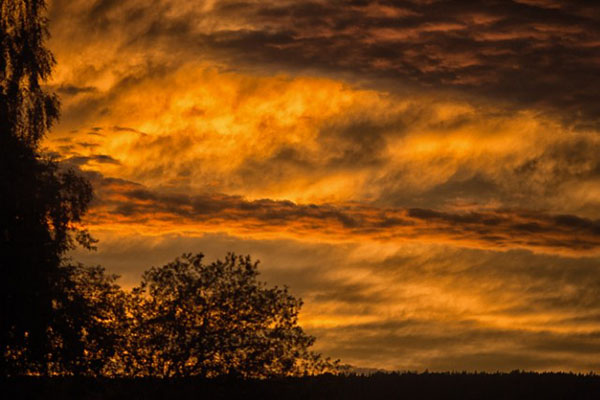
Sunset

Angkor wat – ta phrom
To get a good photograph of a scene must be easier than a person in an unknown place. Am I right?
Yes, very true. But I always opt for photographing people as a first principle. I love how local people are able to mirror the place and how they carry the essences of the land they live in. You can see a place in a person’s eyes, especially in the uncorrupted personalities of children.
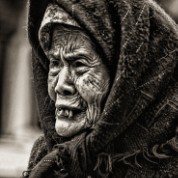
and then we age…
The close ups of faces you take are wonderful. How co- operative are people especially when you can’t speak to each other?
Photographing strangers feels to me like a sacred dance between two people, and most of it is done with eye contact, body language and the seeking of agreement without words. It is a marvellous thing when it happens and the smiles come naturally as well as the expressions.

Kindness
I always know at the moment when it is right to click the shutter of the camera and it is a very exciting thing to know that a special twinkle of an eye is being recorded.
Of course there are other cases when I end up meeting people and having conversations that lead to different kind of posed photographs.

Demobilised child soldier with guitar
How safe to you feel when in remote locations?
I love being in remote locations and I feel quite safe even in war zones like Congo. I build connections with simple people who always lead the way and I have never felt threatened or unsafe in any of my travels.
How do you choose to make your image in Black and White or colour?

I enjoy the editing process of my photos as much as taking them. I spend a long time with my music and my computer going through the images and let them tell me what look they need to metamorphose into.

Street child with a yellow door.
I only stop when it feels right and when the image ends up telling the story of the moment it portrays.
Do you always put a caption with your images? Do you do this straight way of after deciding to use your photograph?
I put captions with the images that I choose for my project on the blog. It is always a long process that leads to the right image and the words appear with it. Sometimes this happens before and it leads me to the image or the other way around.
What type of camera do you use?
I am using at the moment a Canon 5D mark 3 body, with a variety of lenses. I have used in the past manual film cameras (Pentax and Nikon) and only changed over to digital in the last 8 to 9 years.
How did you come to be a photographer?
I have always seen things and associated to experiences visually. I have been drawn all my life to poetry and have found myself in attracted to ancient cultures, the unseen worlds and different religions and philosophies. I tried first to express myself with drawing and sketching, later with studying theatre and finally while traveling in New Zealand’s south island, I was gifted with my first film camera and it led me to photography.
What training do you have?
I am very much self- taught except for a few hours spent with a Vietnamese photographer friend in New York City, who taught me the basics and showed me how to use the dark room for printing images from film. Since then I have been working non-stop at finding new ways in photography to help me express the way I see the world.
Do you exhibit your work in galleries?

Green eyed girl in Tashleurgan
I have exhibited work in New York, Shanghai, London and in Switzerland where I had a solo show representing Lebanon in Lausanne. These works were not shown in traditional galleries, but in other venues and media. I have been approached by several galleries but have not found the right one the right fit yet for my work. I am in working in collaboration with various projects around the globe, mostly on the side of humanitarian work.
Where can people find your work?
I show regularly in Shanghai and my prints are sold through special requests.
The links to my work:
http://www.flickr.com/photos/mimokhair/
http://mimokhairphotography.com/
http://www.facebook.com/pages/Mimo-Khair-Photography/123714310980247
Many of my images are sold on Getty images under Mimo Khair Photography.
You have embraced a fairly new (this century) art form and then extended it even further making full use of digital. Tell us about the importance of technology to you?
I think of photography as a form of communication and expression and with it I am able to ‘speak’ to others, to be inspired and to inspire. I love the availability of technology and how closer it brings every one of like minds together. I find that it bridges a gap in time and space and moving with it is the only way to remain connected.
What lead you to be based in Shanghai?
I came with my husband and 2 year-old daughter to Shanghai in 2006 for work reasons and we have been enjoying the various Asian cultures immensely.
How do you plan out your travel over a year?
I set some goals but remain very flexible throughout the year to allow for family responsibilities, but I try to travel as much as possible and every free chance I have.
Do you have a mentor?
My very dear friend Mark Siegel, who is an accomplished author, artist and illustrator and his lovely wife and author Siena have been always there throughout my journey with photography and with art and I have always respected their mentorship and their sound advice and supportive guidance.

Wishes in the Wind
Tell us of one special place your photography has taken you too, and why it is so memorable?
One of the most life changing journeys I was ever on was to the Democratic Republic of Congo where I met and interviewed young demobilized child soldiers and street children for a project called “by art we live” that I initiated with Mark Siegel. I will never be able to forget the expressions that war carved on the innocent faces of children and the urge it planted in me to strive and make this world a better and a safer place for our future generations.

Young child soldier in Goma
Website: http://mimokhair.wordpress.com
Mimo Khair, Shanghai, China
Interview by Deborah Blakeley, September, 2012
Think a colleague or friend could benefit from this interview?
Knowledge is one of the biggest assets in any business. So why not forward this on to your friends and colleagues so they too can start taking advantage of the insightful information the artist has given?
Other artists you may be interested in:


